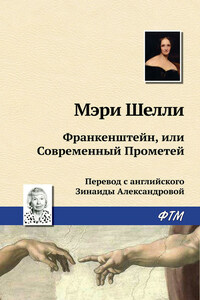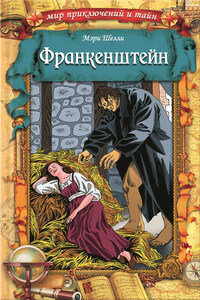In 1819, Millworker William Collins from Glasgow, Scotland, set up a company for printing and publishing pamphlets, sermons, hymn books and prayer books. That company was Collins and was to mark the birth of HarperCollins Publishers as we know it today. The long tradition of Collins dictionary publishing can be traced back to the first dictionary William published in 1824, Greek and English Lexicon. Indeed, from 1840 onwards, he began to produce illustrated dictionaries and even obtained a licence to print and publish the Bible.
Soon after, William published the first Collins novel, Ready Reckoner, however it was the time of the Long Depression, where harvests were poor, prices were high, potato crops had failed and violence was erupting in Europe. As a result, many factories across the country were forced to close down and William chose to retire in 1846, partly due to the hardships he was facing.
Aged 30, Williamâs son, William II took over the business. A keen humanitarian with a warm heart and a generous spirit, William II was truly âVictorianâ in his outlook. He introduced new, up-to-date steam presses and published affordable editions of Shakespeareâs works and Pilgrimâs Progress, making them available to the masses for the first time. A new demand for educational books meant that success came with the publication of travel books, scientific books, encyclopaedias and dictionaries. This demand to be educated led to the later publication of atlases and Collins also held the monopoly on scripture writing at the time.
In the 1860s Collins began to expand and diversify and the idea of âbooks for the millionsâ was developed. Affordable editions of classical literature were published and in 1903 Collins introduced 10 titles in their Collins Handy Illustrated Pocket Novels. These proved so popular that a few years later this had increased to an output of 50 volumes, selling nearly half a million in their year of publication. In the same year, The Everymanâs Library was also instituted, with the idea of publishing an affordable library of the most important classical works, biographies, religious and philosophical treatments, plays, poems, travel and adventure. This series eclipsed all competition at the time and the introduction of paperback books in the 1950s helped to open that market and marked a high point in the industry.
HarperCollins is and has always been a champion of the classics and the current Collins Classics series follows in this tradition â publishing classical literature that is affordable and available to all. Beautifully packaged, highly collectible and intended to be reread and enjoyed at every opportunity.
In 1817 Mary Shelley published a travelogue, detailing a six-week tour of Europe with her husband Percy. Whilst on that tour they visited Castle Frankenstein, on the Rhine, and heard disturbing tales of an occupant who had lived at the castle 100 years before and experimented with human corpses, trying to bring them back to life with alchemy. English society was also familiar with experiments carried out by Italian scientist Giovanni Aldini in the first years of the 1800s, attempting to restore life to corpses with electricity. They resulted in horrifying animations as the muscles contracted over the bones. A year after her tour, Shelley published Frankenstein, her Gothic masterpiece. Shelley wrote a number of subsequent novels, but her husbandâs fame as a poet rather overshadowed her achievements, so that her other works became forgotten. Nevertheless, she was a professional writer for the remainder of her life and her achievements have been reassessed in recent years. Frankenstein was such a powerful and thought provoking story that it set the benchmark for horror and it also encapsulated the mindset of the wealthy classes at that time â a class to which the Shelleyâs belonged. They were comfortable enough to spend their time reading and writing, as opposed to doing âreal workâ, and they had the spare time to wonder and ponder the meaning of life.
The novel owes a great deal to the scientific progress and discoveries about electricity at the time. In the late 18th century an Italian scientist, named Luigi Galvani, had shown that frogs legs could be âbrought back to lifeâ by stimulating the muscles with electrical sparks. A fellow Italian scientist, named Alessandro Volta, subsequently built the first electric cell, so that further experimentation could be carried out.
By the turn of the 19th century, it was common knowledge among the educated classes that scientists were trying to fathom the essence of life â what it was that kept an organism alive. Perhaps unsurprisingly, those with more extravagant imaginations began to wonder about the consequences of such scientific investigations. Might it be possible to bring people back to life with a jolt of electricity? Might it be possible to assemble a person from component parts and bring them to life? At the time it seemed that anything might be possible because things werenât understood well enough to know where to draw the line.














